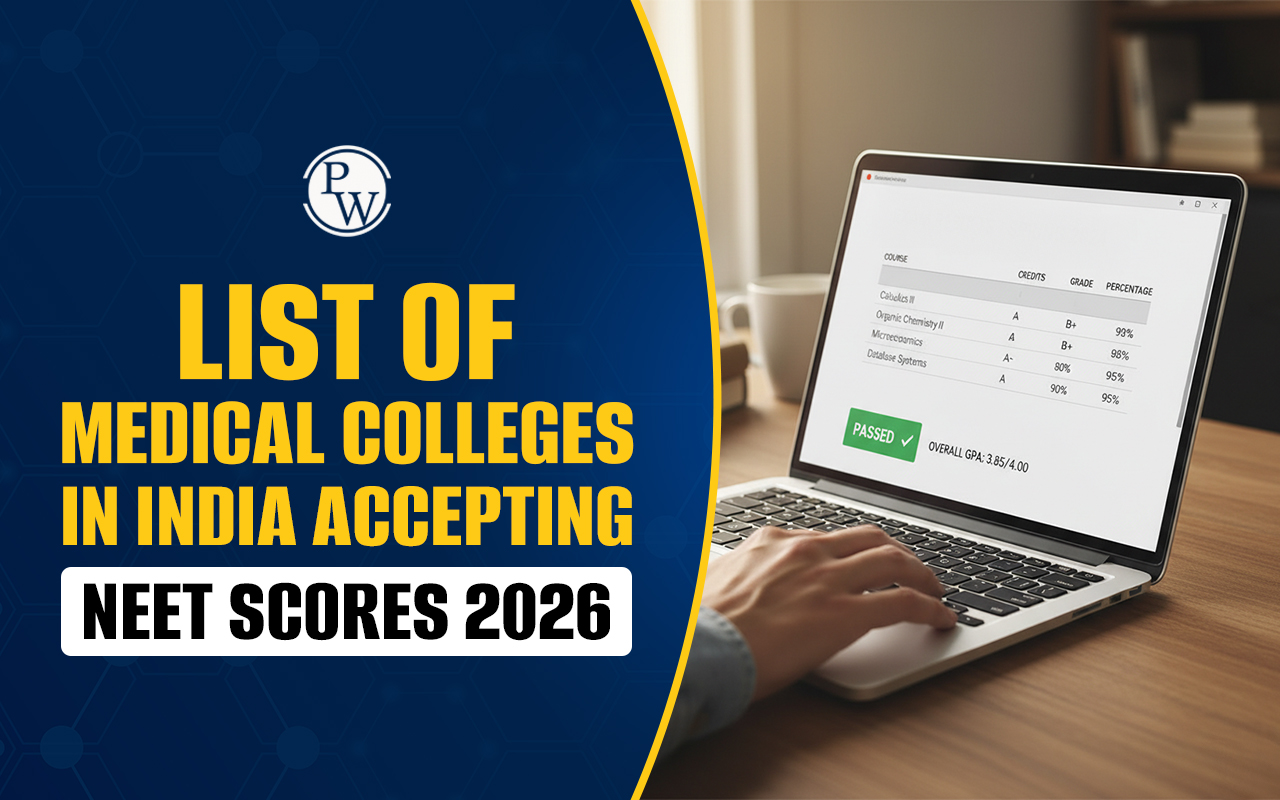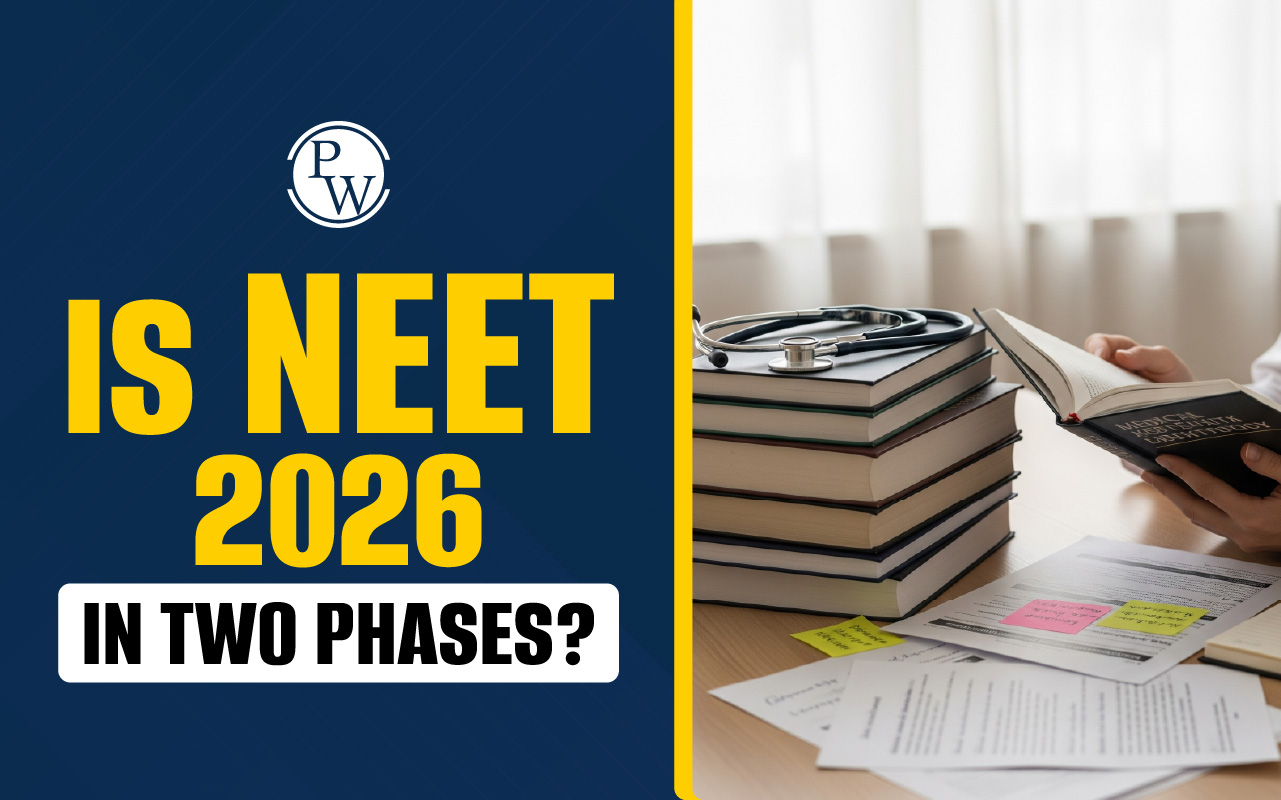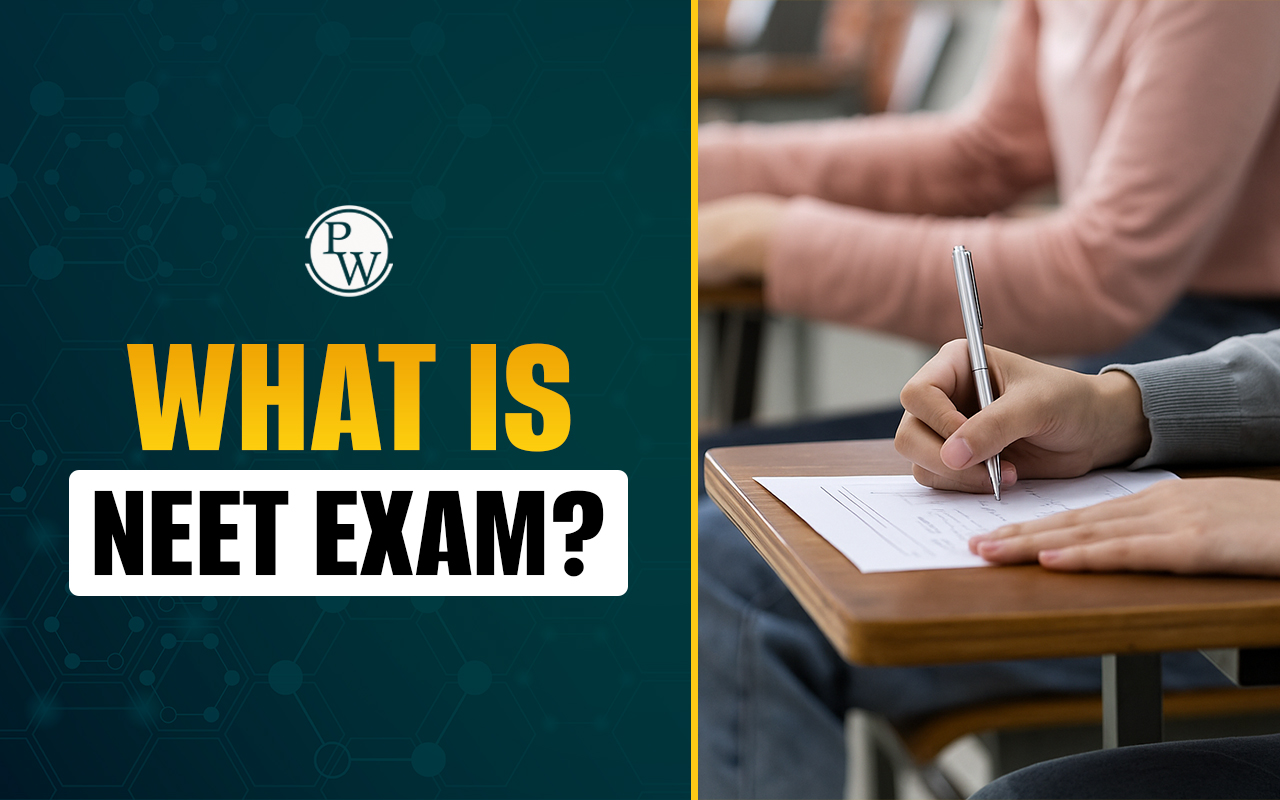
Nervous Tissue: Nervous tissue is located in the brain, spinal cord, and nerves. It is essential for the coordination and control of various body functions. It facilitates muscle movement, allows for perception of the environment, and is necessary for emotions, memory, and reasoning. Electrical nerve impulses allow nerve tissue cells to communicate with one another. These impulses are generated and transmitted by neurons, also known as nerve cells. Neurons are made up of three main parts: dendrites, cell bodies, and axons.
The cell body is the central component of the neuron that performs basic functions. Dendrites are cytoplasmic extensions that transmit impulses to the cell body, whereas axons carry impulses away. In addition to neurons, nervous tissue contains glial cells, also called neuroglial cells. These cells do not transmit impulses but rather support the activities of neurons. Glial cells connect neurons to blood vessels, where they bind, insulate, and provide nutrients. The article below details the nervous tissue, which is an important topic for the NEET exam from the chapter on the structural organisation in animals .
Structural organisation in Animals MCQ for NEET
Nervous Tissue Diagram
The following diagram depicts the structure of nervous tissue:

Nervous Tissue Location
Nervous tissue can be found in two major parts of the body. The central nervous system includes the brain and spinal cord. The brain is the most complex organ in the body, controlling thinking, learning, memory, and all other conscious activities. The spinal cord is a long, thin network of nerves that connects the brain to the rest of the body.
The peripheral nervous system consists of all the nerves that branch out from the brain and spinal cord and reach every part of the body. The PNS transmits sensory information to the CNS and motor commands to the muscles. The nervous system regulates all of the body's functions, including movement, sensation, thought, and emotion.
Tissues, Definition, Types of Animal Tissues and Functions
Nervous Tissue Characteristics
Nervous tissue has several important characteristics:
- Cell types: There are two main types of cells: neurons and glial cells.
- Structure: The tissue consists of dendrites, cell bodies, axons, and nerves.
- Excitability: Neurons are excitable and react to environmental stimuli.
- Conductivity: Neurons transmit signals through electrical impulses from one cell to another.
- Neurotransmitters: Neurons release chemical neurotransmitters that stimulate other neurons in response to stimuli.
- Myelin: Oligodendrocytes in the central nervous system (CNS) and Schwann cells in the peripheral nervous system (PNS) produce myelin, an insulating sheath.
- Microglia: These are mononuclear phagocytes that makeup about 10% of CNS cells, helping shape neural circuits by modulating synaptic transmissions.
- Satellite cells: Satellite cells are found in the PNS and surround neuronal cell bodies.
Epithelium Tissue, Types, Structure and Functions
Nervous Tissue Structure
The nervous system is composed of nerve cells, or neurons, each of which contains an axon. Axons are long, stem-like projections that extend from the cell and are responsible for transmitting impulses to other cells, known as target cells. The main part of a neuron is the cell body, which contains the nucleus, cytoplasm, and cell organelles. Extensions of the cell membrane are called processes.
Dendrites are highly branched processes responsible for receiving information from other neurons and synapses, which are specialized points of contact. Dendrites provide information from other neurons to connect with the cell body. The flow of information in a neuron is unidirectional, passing through neurons from dendrites, across the cell body, and down the axon.
NEET Previous Year Question Papers
Nervous Tissue Types
The nervous tissue comprises two primary types of cells: neurons and neuroglia. These cells serve distinct functions in the nervous system and are located in various parts of the body.
Neuron Structure
Neurons are specialized cells in the nervous system that transmit signals throughout the body. They allow for rapid electrochemical signaling, which helps us coordinate our actions and reactions. Neurons have a distinct structure that includes a cell body, dendrites (which receive signals), and axons (which transmit them). A neuron consists of three main parts: the cell body, dendrites, and axon.

Cell Body (Cyton or Soma or Perikaryon)
- Contains uninucleated cytoplasm.
- All cell organelles are present in the cytoplasm except for centriole, which is either absent or immaturely developed in nerve cells, leading to the absence of cell division.
- Contains cytoplasm with typical organelles and Nissl’s granules.
- Nissl’s granules are primarily composed of free ribosomes and RER.
- Acts as the center for protein synthesis.
- Contains many small fibrils called neurofibrils, aiding in internal conduction within the cell body.
Dendrites
- Short fibers that branch repeatedly and extend from the cell body; also contain Nissl’s granules.
- Transmit impulses towards the cell body.
Axon
- A long fiber with a branched distal end.
- Each branch terminates in a bulb-like structure called the synaptic knob, which contains synaptic vesicles filled with neurotransmitters (excitatory and inhibitory).
- Transmits nerve impulses away from the cell body to a synapse or a neuro-muscular junction.
- When stimulated, neurons generate nerve impulses that travel rapidly along their plasma membrane.
Output
- The arrival of an impulse at the neuron’s endings or output zone (synapse) may lead to the inhibition or stimulation of adjacent neurons and other cells.
Based on the presence of the myelin sheath, neurons are classified into two types:
- Myelinated (with a myelin sheath)
- Non-myelinated (without a myelin sheath).
Neuroglia
Non-neuronal cells, known as neuroglia or glial cells, support and nourish neurons. They also help to keep the blood-brain barrier intact, insulate neurons, and remove waste products. Neuroglia are cells that protect and support neurons, making up more than half of the total volume of neural tissue in our bodies.
Types of Glial Cells
Glial cells are classified into various types, each with a specific function:
- Astrocytes: Provide metabolic support to neurons, regulate ion concentration in the extracellular space, and form the blood-brain barrier.
- Microglia: Act as immune cells in the nervous system, removing cellular debris and pathogens through phagocytosis.
- Oligodendrocytes (CNS) and Schwann cells (PNS): Produce the myelin sheath to insulate and speed up nerve impulse conduction along axons.
- Ependymal cells: Line the ventricles of the brain and produce cerebrospinal fluid.

Nervous Tissue Functions
Nervous tissue serves as the foundation for the nervous system, which is a complex network in the body responsible for communication. This tissue is essential for signal transmission throughout the body, coordination of actions and reactions, and the ability to think, feel, and learn. Here are the primary functions of nervous tissue:
Sensory Perception: The nervous system receives information from internal and external environments through sensory organs like the eyes, ears, nose, tongue, and skin. Specialized sensory neurons convert stimuli into electrical signals, sent to the brain for processing.
Motor Control: The nervous system coordinates voluntary and involuntary movements by transmitting signals from the brain and spinal cord to muscles, directing them to contract and relax for actions like walking, talking, and holding objects.
Homeostasis: The nervous system maintains stable internal conditions, regulating body temperature, heart rate, blood pressure, and breathing by monitoring and adjusting these functions.
Cognition and Emotion: The brain processes sensory information, manages learning, memory, and emotions, and initiates appropriate responses.
Learning and Memory: Nervous tissue allows learning and memory by forming new neural connections and modifying existing ones to encode and retrieve information.
Types of Nerves
Nerves are essential components of the body's communication system, allowing signals to travel from the central nervous system (CNS), including the brain and spinal cord, to various body parts. These signals prompt organs and limbs to take appropriate actions in response to stimuli. The nervous system can be categorized into several types based on its functions:
1. Motor Nerves: These nerves carry signals from the brain and spinal cord to the muscles, enabling voluntary movements such as walking, talking, and blinking. Damage to motor nerves can lead to muscle weakness or atrophy.- Sympathetic Nervous System: Responsible for the body's "fight or flight" responses, including increasing heart rate.
- Parasympathetic Nervous System: Controls digestion and excretion, promoting relaxation and slowing heart rate.
- Olfactory (smell)
- Optic (vision)
- Trochlear, Oculomotor, and Abducens (eye movements)
- Hypoglossal (tongue movements and swallowing)
- Trigeminal (facial sensation and chewing)
- Facial (facial expressions and taste)
- Spinal Accessory (head and shoulder movements)
- Vestibulocochlear (hearing and balance)
- Glossopharyngeal and Vagus (taste, swallowing, and speech)
Physics Wallah provides a wide range of NEET online courses to cater to all aspirants. Our top Online NEET Coaching classes offer a range of options, including free batches, online NEET preparation for classes 11 and 12, and NEET Online Coaching for dropouts.
| NEET Exam Important Links | |
|---|---|
| NEET Biology Syllabus | NEET Biology Diagrams |
| NEET Biology MCQ | NEET Biology Chapter wise Weightage |
| NEET Exam Notes | NEET Previous Year Question papers |
Nervous Tissue FAQs
What is the primary characteristic of nervous tissue?
What is nervous tissue or an organ?
What are the three fundamental functions of nervous tissue?
What type of tissue is blood?
How many parts does nervous tissue have?










